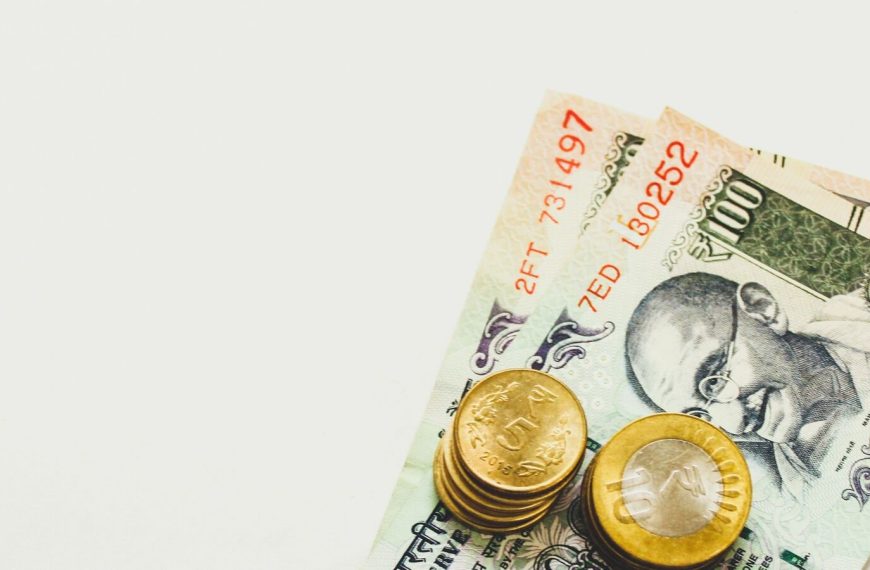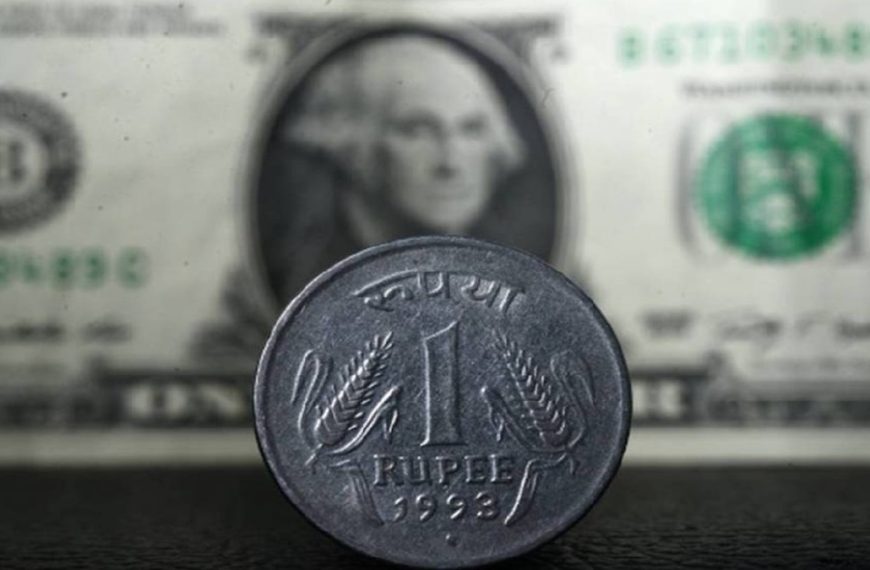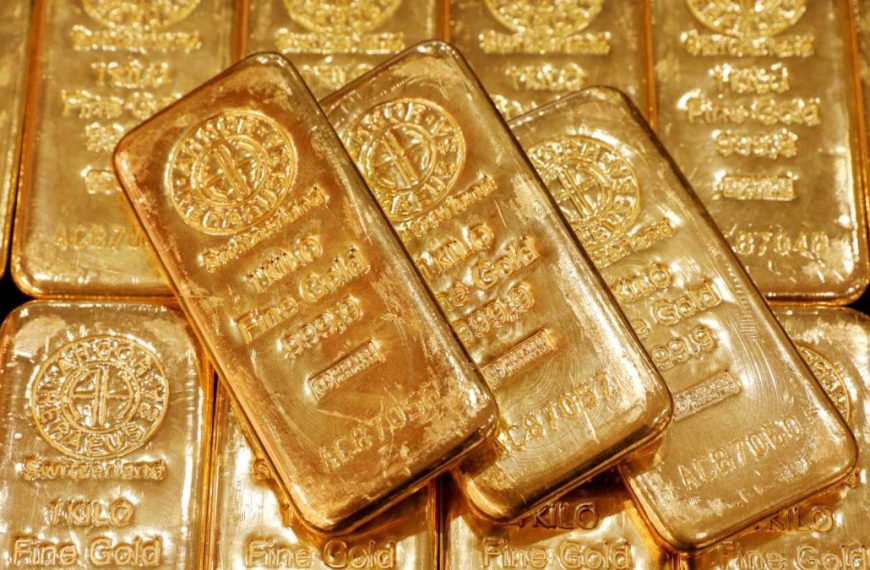In a notable turn of events in the Indian stock market, several prominent paint manufacturers—including Asian Paints, Berger Paints, and Kansai Nerolac—witnessed a boost in their stock prices on Monday, May 5. This surge is largely attributed to the significant drop in crude oil prices, which has created a favorable environment for sectors reliant on crude-derived materials. As India imports approximately 85% of its crude oil needs, falling prices are a welcome relief for the nation’s economy.
The Impact of Lower Crude Prices on Paint Stocks
The decline in crude oil prices is proving advantageous for the paint industry, as it tends to lower input costs and enhance gross margins. This situation is likely to increase the profitability of paint manufacturers, potentially leading to more competitive pricing for consumers. Key stock movements included:
- Berger Paints (India): Up 2.40% to ₹556.60
- Asian Paints: Increased 2.16% to ₹2,461
- Akzo Nobel India: Gained 2.27% to ₹3,528
- Shalimar Paints: Rose 1.15%
- Kamdhenu Ventures India: Up 0.64%
- Kansai Nerolac Paints: Climbed 0.61% to ₹256.30
Crude Oil Prices Take a Dive
Amidst these developments, crude oil prices experienced a sharp decline, dropping nearly 4% on Monday. The OPEC+ group announced a production increase of 411,000 barrels per day set to commence in June, a strategy aimed at addressing non-compliance among member countries. This decision raised concerns about a potential oversupply in the market, causing Brent crude to fall 3.60%, dipping below $60 per barrel for the first time since February 2021.
- Brent Crude: Dropped to $58.83
- WTI Crude: Fell 3.90% to $55.83
OPEC+ Decisions and Global Economic Outlook
The OPEC+ coalition, which includes major oil-producing nations such as Saudi Arabia and Russia, is pushing for an increase in production in response to members like Iraq and Kazakhstan exceeding their quotas. This increase is set against a backdrop of projected slowdowns in global economic growth, exacerbated by ongoing trade disputes.
Despite these supply-side challenges, there are hints of potential easing in trade tensions between the U.S. and China, which could positively influence market conditions.
Geopolitical Tensions and Market Reactions
In the Middle East, tensions remain high, with Israeli Prime Minister Benjamin Netanyahu promising retaliation against the Houthis and their backer, Iran, after recent missile incidents. Iranian officials have warned of consequences should they face attacks from the U.S. or Israel.
In light of the recent developments, financial institutions like Barclays have adjusted their projections, reducing the Brent crude price forecast by $4 per barrel for 2025 and by $2 for 2026. The International Energy Agency (IEA) has also lowered its global oil demand growth estimate for 2025 by 300,000 barrels per day, now forecasting an increase of 730,000 bpd.
As the market continues to react to these evolving dynamics, investors are closely monitoring both stock performances and geopolitical developments to navigate this complex landscape.











